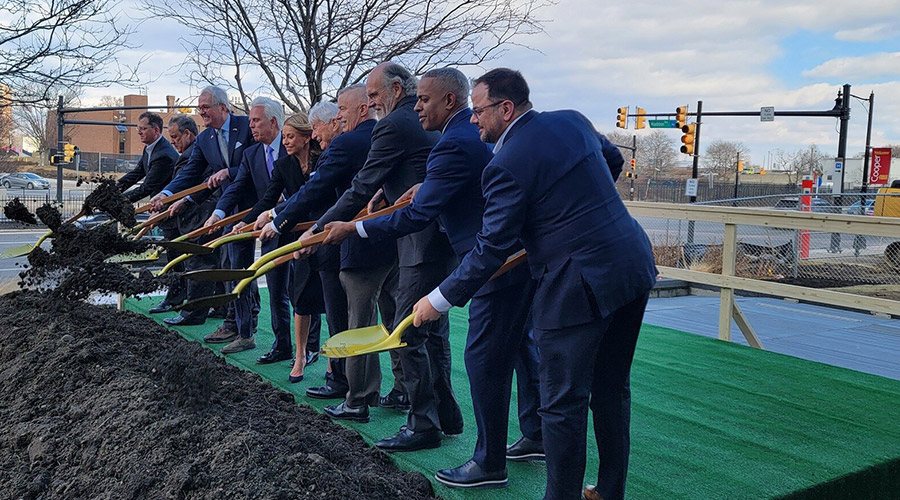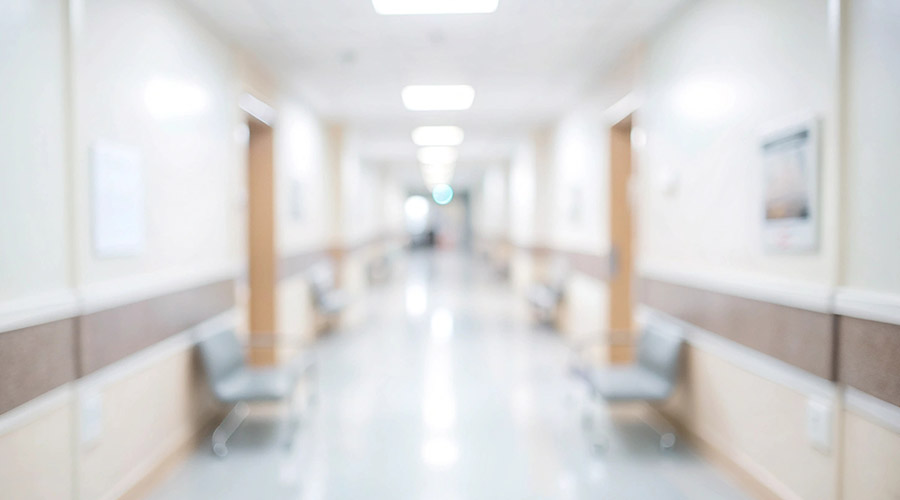Anyone who’s waited in an emergency department (ED), sick or injured, to be admitted to a hospital bed knows just how long that can feel. On average, it takes more than 1 ½ hours, according to the Center for Medicare & Medicaid Services (CMS) – and at times can take much longer.
Prolonged ED-to-bed wait times add to ED congestion, which is associated with decreased quality of care and decreased patient satisfaction, as well as higher morbidity and mortality, according to the Academy of Emergency Medicine.
Hospitals have tried several tactics to reduce the amount of time patients spend in the ED, including self-service kiosks for patient registration, bed registrations systems, and patient flow software. Some health systems even have turned to demand planning software traditionally used in the manufacturing industry to align staffing with patient volume based on historical trends in the ER.
While these steps can help put a dent in painful delays, they may not fully solve the issue. Some hospitals, like Catawba Valley Medical Center in Hickory, North Carolina, are exploring more innovative ways to improve ED-to-bed wait times, including mobile care collaboration tools.
Tapping into the power of mobile
Leaders at Catawba, which has 258 beds and 2,000 employees, were concerned that patients were spending too much time waiting in the ED before transferring to open beds in the hospital. Not surprisingly, these delays made patients uncomfortable, increased their dissatisfaction with the hospital, and delayed treatment. Physicians, nurses, and transport staff were unhappy with the slow response and wanted to get patients from the ER into rooms more quickly to continue care.
Finding beds for newly admitted patients is the job of Catawba’s administrators on duty (AODs). However, because AODs are on the move throughout the day, it was hard for them to receive prompt alerts about new patient admissions, which added to bed assignment delays. Traditional means of communication, including pagers and phones, didn’t provide the level of efficiency Catawba needed to reduce ED-to-bed times substantially.
The first step Catawba took to solve the issue was to add a bed management module to the admission section of its electronic health record (EHR). The technology allowed AODs to use their computers to match requests for available beds in their units, then facilitate patient transfers. While this solved part of the problem, it didn’t address the core issue: How to deliver timely alerts to AODs as they moved about the facility.
For Catawba, the real breakthrough came when they adopted a mobile secure messaging solution that alerted AODs to new patients, regardless of where staff members were working in the hospital. Once notified, AODs could quickly respond with a bed match and transition a patient to a room.
Reducing ED-to-bed wait times
Mobile care collaboration tools are particularly powerful when they can be configured easily. Catawba added an "admit request" button to the ED module in its EHR. Now, with a click of this button, the unit AOD receives a bed request. Catawba configured the solution so that only the applicable clinical unit received a specific admission notification, which prevents the ICU, for example, from receiving an admission request meant for the cardiac unit.
The health system also used a bring-your-own-device policy for select staff members. Now, staff members can receive secure, HIPAA-compliant messaging on their smartphones or unit charge phones, making communication – and the admissions process – even more efficient.
Thanks to all these efforts, Catawba reduced its average ED-to-bed wait time to 62 minutes, an 18% improvement over the previous year. The average time between when a patient arrives in the ED to departure also has decreased to 247 minutes — a 32% year-over-year decline.
These results highlight just how impactful innovative mobile technology can be in delivering better care. Mobile solutions are no longer purely consumer-driven tools. In healthcare, this technology is streamlining provider workflows, enabling timely patient treatment, and improving both outcomes and satisfaction. With mobile care collaboration tools, hospitals can leave behind manual, inefficient registration processes, to help reduce ED-to-bed wait times, and most importantly, transform the care experience.
Linda Fischer is vice president of product strategy at DrFirst.

 Aligning Construction and Facility Activities to Minimize Problems
Aligning Construction and Facility Activities to Minimize Problems Cooper University Health Care Breaks Ground on 'Project Imagine'
Cooper University Health Care Breaks Ground on 'Project Imagine' 3 Employees Injured by Patient at Halifax Infirmary's Emergency Department
3 Employees Injured by Patient at Halifax Infirmary's Emergency Department How Architects Shape the Future of Healthcare Facilities
How Architects Shape the Future of Healthcare Facilities UNC Health, Duke Health Form Partnership for Stand-alone Children's Hospital
UNC Health, Duke Health Form Partnership for Stand-alone Children's Hospital